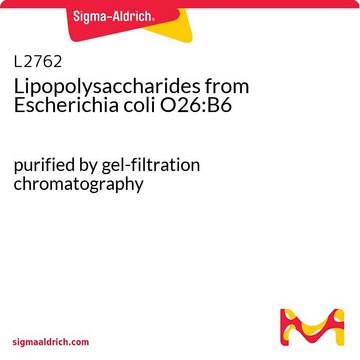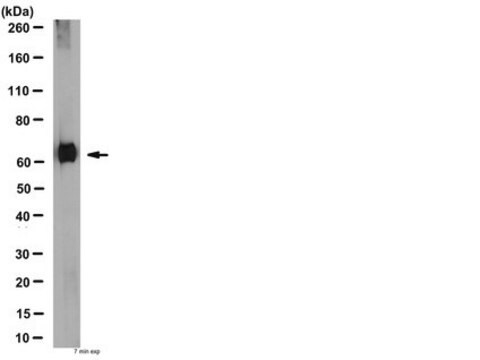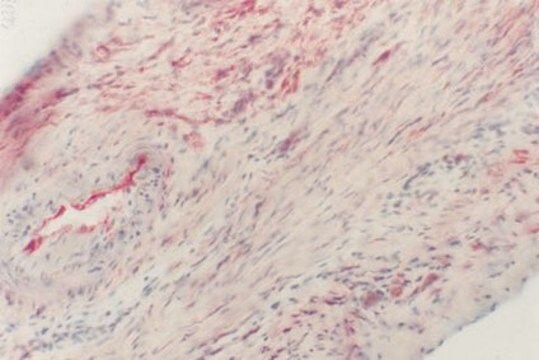L2137
Lipopolysaccharides from Salmonella enterica serotype minnesota
purified by gel-filtration chromatography
Sinônimo(s):
LPS
About This Item
Produtos recomendados
fonte biológica
Salmonella enterica (Serotype minnesota)
Nível de qualidade
Formulário
lyophilized powder
purificado por
gel-filtration chromatography
Impurezas
<1% Protein
cor
white
solubilidade
water: 4.90-5.10 mg/mL, cloudy to hazy, colorless
Condições de expedição
ambient
temperatura de armazenamento
2-8°C
Procurando produtos similares? Visita Guia de comparação de produtos
Descrição geral
Aplicação
- TRPV4 is not the molecular sensor for bacterial lipopolysaccharides-induced calcium signaling: This study explores the signaling pathways activated by lipopolysaccharides from Salmonella enterica serotype Minnesota, demonstrating that TRPV4 is not involved, advancing understanding of immune responses to bacterial endotoxins (Wang et al., 2023).
Ações bioquímicas/fisiológicas
Nota de preparo
Outras notas
produto relacionado
Código de classe de armazenamento
11 - Combustible Solids
Classe de risco de água (WGK)
WGK 3
Ponto de fulgor (°F)
Not applicable
Ponto de fulgor (°C)
Not applicable
Escolha uma das versões mais recentes:
Já possui este produto?
Encontre a documentação dos produtos que você adquiriu recentemente na biblioteca de documentos.
Conteúdo relacionado
Lipopolysaccharide (LPS) is the major component of the outer membrane of Gram-negative bacteria. Lipopolysaccharide is localized in the outer layer of the membrane and is, in noncapsulated strains, exposed on the cell surface.
Nossa equipe de cientistas tem experiência em todas as áreas de pesquisa, incluindo Life Sciences, ciência de materiais, síntese química, cromatografia, química analítica e muitas outras.
Entre em contato com a assistência técnica



